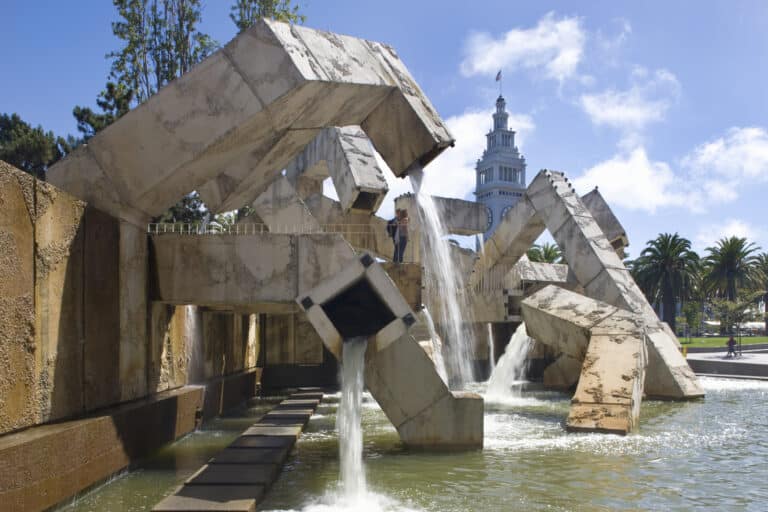How does architecture impact the economy?
Architecture has always been a mirror of the creative, engineering, and technological prowess of society over a period of time. But as we move into the 21st century, architecture has evolved into more than just an exercise in aesthetics and the construction of monuments. Due to the enormous pressure caused by the growing population, the value of land as a commodity is skyrocketing. Therefore any kind of development that takes place on a valuable piece of land carries an additional responsibility to maximize the economic potential of that land. Because of this particular relationship, architecture can be a useful tool for economic growth in a region, and upcoming development in a region can be reliable predictors of trends or changes in the regional economy.
Tourism
Historic architecture has been used for a long time as an important source of revenue in terms of tourism and thus it improves the economy. People travel all over the world to see relevant places in history. Today, culturally rich cities and towns must be redeveloped in such a way that there can be more facilities to make it easier to reach the throngs of tourists who visit each year. One way to do this is to create a new destination, one with an incomparable character that is recognizable and becomes a must-visit attraction to learn the entire history of the region.
Tourism is also the reason for the need for maintenance and repair of structures of historical interest. The prevailing practice, in this case, is urban redevelopment or retrofit. This involves restoring the character of the building in a historically accurate way but it can now be used as a completely different space. This is a very common practice in India, where our large forts are now being modernized to serve as luxury hotels or wedding destinations. This increases the revenue generated from the building, as well as giving it the recognition it deserves from the people who visit it from all over the world by providing a realistic experience of the grandeur of royalty. The tourism industry takes advantage of the hyper-local nature of architecture to increase its revenue.
Space brand
This process involves reimagining the space in a way that makes it unique and gives it a new meaning. This is a step beyond the original historical development of the different regions which were overshadowed by the repetitive building practices that are the norm today, thanks to globalization.
The process of branding architecture is to create a space that is easily recognizable and to market emotional sensations and perceptions while being a harmonious addition to the landscape of the area. It should be able to turn the cute picture of the city into a huge vision.
Consumerism
In today’s capitalist world, every brand worth its salt has to learn to turn consumerism in its favor. Advertising tricks have succeeded in convincing consumers to focus on compelling WANTs marketed as needs. In the public sphere especially, architecture needs to evolve to support this lifestyle and be a part of it. The outdoor spaces in a city/town should be shaped in such a way as to promote a sense of belonging, excitement, and joy rather than claustrophobia and anxiety. Architecture should be marketed like the brand itself, and its consumption should be greatly encouraged in today’s era of virtual existence.



